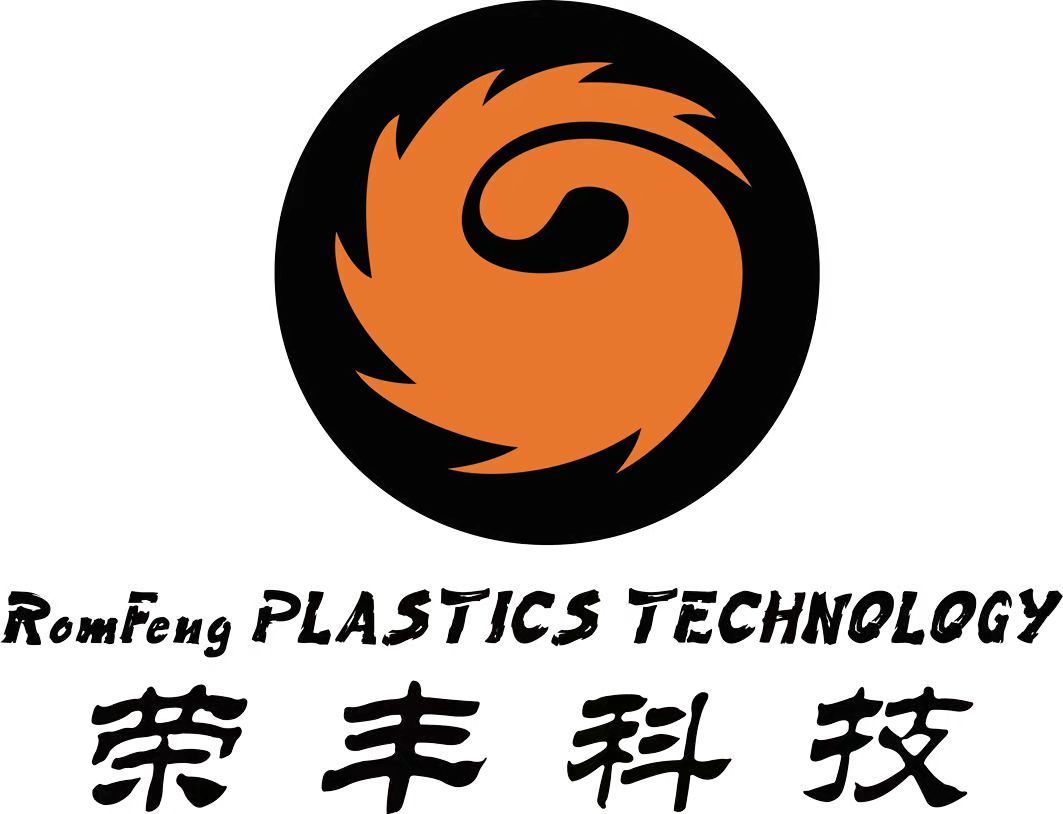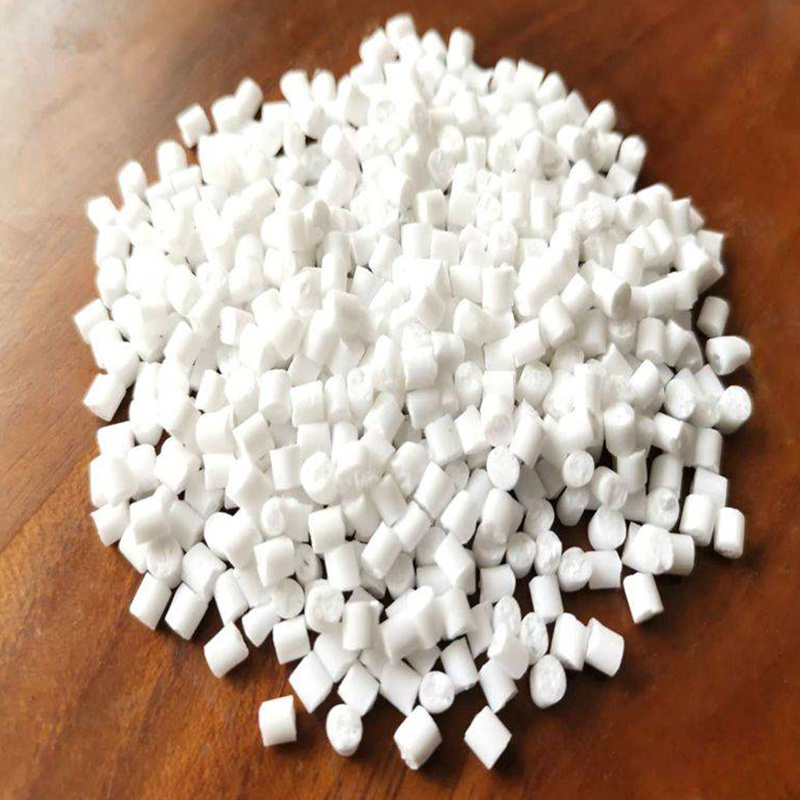Understanding Anti-Static Additive Masterbatch: Enhancing Polymer Performance
Release time:
2025-06-13 12:20
Source:
Anti-static additive masterbatch is a specialized compound used in the plastic manufacturing industry to impart anti-static properties to polymers. This type of masterbatch is typically blended with base resins to modify their surface characteristics, making them less susceptible to static electricity accumulation. As static electricity can lead to various issues, such as dust attraction, product damage, and safety hazards, the incorporation of anti-static additives is essential for enhancing the usability and durability of plastic products.
One of the primary functions of anti-static additive masterbatches is to reduce the surface resistivity of plastics, allowing for the dissipation of static charges. This is especially important in applications where static electricity can interfere with the performance of electrical components or in cleanroom environments where contamination from dust particles must be minimized. Common materials that benefit from anti-static treatments include polyethylene, polypropylene, and polystyrene, which are widely used in packaging, electronics, and automotive applications.
The application of anti-static additive masterbatch can vary depending on the specific requirements of the end product. For instance, in packaging materials, anti-static properties help prevent the accumulation of dust and dirt on surfaces, ensuring product integrity and cleanliness. In the electronics industry, using anti-static additives helps protect sensitive components from electrostatic discharge (ESD), which can cause irreversible damage to electronic devices.
Moreover, the effectiveness of anti-static additive masterbatches can be influenced by factors such as the concentration of the additive, the type of polymer used, and the processing conditions. Manufacturers must carefully select and optimize these variables to achieve the desired level of anti-static performance without compromising other mechanical properties of the plastic.
Another significant advantage of using anti-static additive masterbatch is its ease of use during the manufacturing process. Since it is available in a concentrated form, it can be easily incorporated into existing production lines without requiring extensive changes to equipment or processes. This allows for a seamless transition to enhanced anti-static performance while maintaining production efficiency.
In conclusion, anti-static additive masterbatches play a vital role in the plastics industry by improving the performance and reliability of various products. By incorporating these additives, manufacturers can produce high-quality polymers that meet the demands of modern applications while mitigating the risks associated with static electricity. As industries continue to evolve, the development and implementation of effective anti-static solutions will remain crucial for ensuring product safety and functionality.
One of the primary functions of anti-static additive masterbatches is to reduce the surface resistivity of plastics, allowing for the dissipation of static charges. This is especially important in applications where static electricity can interfere with the performance of electrical components or in cleanroom environments where contamination from dust particles must be minimized. Common materials that benefit from anti-static treatments include polyethylene, polypropylene, and polystyrene, which are widely used in packaging, electronics, and automotive applications.
The application of anti-static additive masterbatch can vary depending on the specific requirements of the end product. For instance, in packaging materials, anti-static properties help prevent the accumulation of dust and dirt on surfaces, ensuring product integrity and cleanliness. In the electronics industry, using anti-static additives helps protect sensitive components from electrostatic discharge (ESD), which can cause irreversible damage to electronic devices.
Moreover, the effectiveness of anti-static additive masterbatches can be influenced by factors such as the concentration of the additive, the type of polymer used, and the processing conditions. Manufacturers must carefully select and optimize these variables to achieve the desired level of anti-static performance without compromising other mechanical properties of the plastic.
Another significant advantage of using anti-static additive masterbatch is its ease of use during the manufacturing process. Since it is available in a concentrated form, it can be easily incorporated into existing production lines without requiring extensive changes to equipment or processes. This allows for a seamless transition to enhanced anti-static performance while maintaining production efficiency.
In conclusion, anti-static additive masterbatches play a vital role in the plastics industry by improving the performance and reliability of various products. By incorporating these additives, manufacturers can produce high-quality polymers that meet the demands of modern applications while mitigating the risks associated with static electricity. As industries continue to evolve, the development and implementation of effective anti-static solutions will remain crucial for ensuring product safety and functionality.
Anti Static Additive Masterbatch







